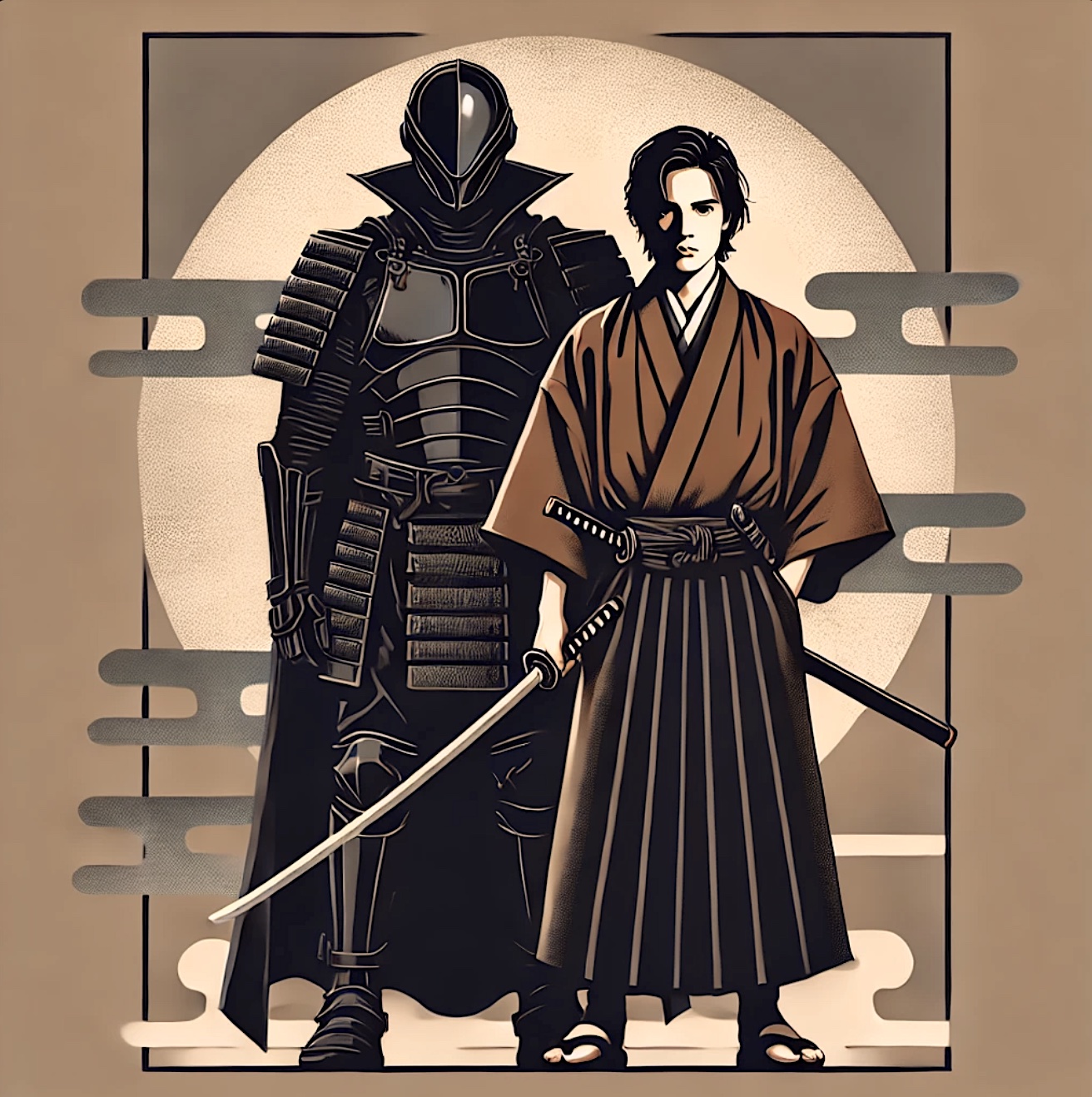A long time ago in a galaxy far, far away George Lucas did more than build a space opera—he crafted a samurai epic infused with Zen wisdom. Behind the laser fire, trench runs and carbonite freezes lie two Japanese philosophies at the saga’s heart: mushin (no-mind, pure action unclouded by ego) and kaizen (continuous improvement).
When Yoda intones “There is no try” on Dagobah, he is not teasing Luke—he is delivering a masterclass in mushin. Picture our mud-splattered hero wrestling his X-wing out of the swamp like a toddler on a jungle gym. For every grunt of effort, Luke’s mind races with doubt until he stops thinking and simply acts. The instant he lets go of his fears, the fighter rises as if the Force itself says “okay then.” That perfect shot down the Death Star trench happens because Luke’s mind is so clear he’s all instinct and focus.
On the other side of that coin sits Han Solo, living proof of kaizen. Introduced as a profit-obsessed smuggler who “never tells the odds,” Han refines everything about himself and the Millennium Falcon—his aim, his loyalty, even the ship’s battered hull. By Return of the Jedi he has evolved from reluctant hanger-on to heroic general, charging headlong onto Endor’s forest moon to rescue friends he once dismissed. Every firefight, every gamble at Jabba’s palace, becomes a lesson that builds into the sharp, dependable hero we cheer for.
These twin philosophies feed one another. Mushin clears Luke’s mental clutter so he can trust the Force. Kaizen pushes Han to learn faster than any credits-driven pilot has a right to. Together they form a dynamic duo that propels our characters’ spirit arcs as much as their story arcs. It is a fitting tribute to Lucas’s love of Kurosawa—blending cape-swishing samurai drama with the idea that true mastery comes from inner calm and endless refinement.
Yet the original trilogy brims with other subtle Japanese notes. The Rebel fleet’s patched-together fighters, dented helmets and steam-hissing corridors celebrate wabi-sabi (beauty in imperfection). Luke’s solitary gaze at Tatooine’s twin suns embodies yūgen (awe at subtle mystery). Obi-Wan’s serene acceptance of his own fate nods to shikata ga nai (embracing what cannot be changed). Even Chewbacca’s unwavering loyalty is a furry salute to gaman (stoic perseverance).
By threading mushin and kaizen through every hero’s journey, Star Wars becomes more than a space western. It becomes a space samurai saga where inner transformation matches the fireworks. When the final Death Star explodes, our victory feels earned not just by X-wing exhaust ports but by the quiet mastery of mind and the relentless pursuit of growth.
Author’s Note
You’ve just completed an intensive on Jedi mind tricks and smuggler upgrades. If you catch Luke’s meditative pause before the trench run, that is pure mushin in action. Notice the Falcon’s missing hull panels next viewing—wabi-sabi at work. And next time you hear Han scoff “I know,” remember kaizen in every grizzled syllable. I left out the way Leia’s resilience hints at omoiyari (empathy) and how Vader’s final act evokes kintsugi (mending with gold). Enjoy spotting those threads and may your re-watches reveal more hidden samurai secrets.


Leave a Reply